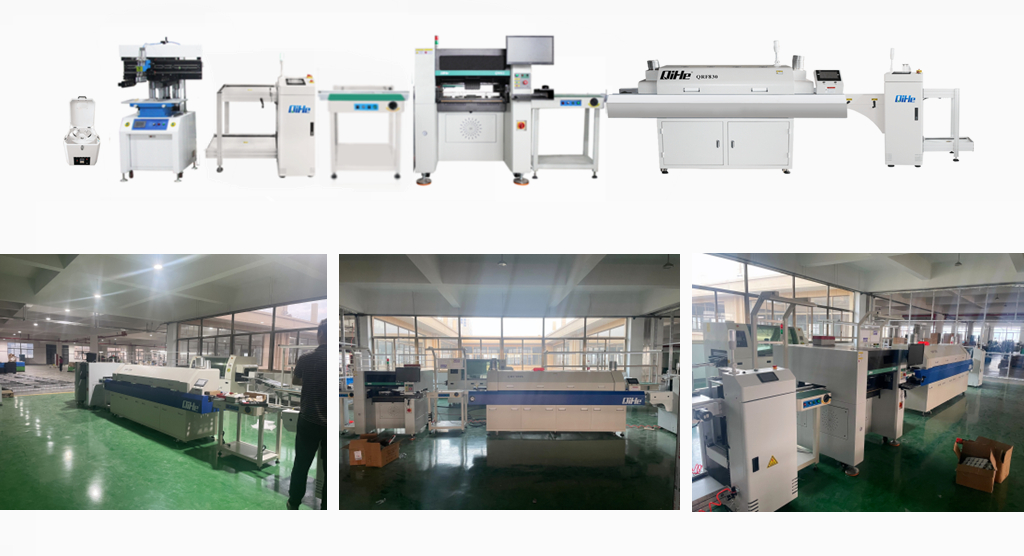This week, Qihe smt pick and place machine engineers are helping a guest in Ningbo build an SMT workshop.
The configuration selected by this guest is:
Semi-auto stencil printer QP3250→ pcb uploader QUL350→SMT conveyor→6heads PNP machine QM61→PCB inspection conveyor→12 zone reflow oven with rail QRF1235→ pcb unloader QDL350.
Not only the line of smt pick and place machine I.n addition, he also purchased a set of THT production lines, including plug-in machines, wave soldering, etc.
this workshop Size is 12 meters length,prepare at least 2meters width for each line .
Since tome equipments are have not yet arrived, I will share with you next time when we get there again.
Today let’s talk about some points that need to be paid attention to in the design and decoration of smt clean workshop.
The first
smt (abbreviation for Surface Mounted Technology) is surface mount technology (surface mount technology), which is currently the most popular technology and process in the electronic assembly industry.
What are the characteristics of smt: high assembly density, small size and light weight of electronic products, the volume and weight of SMD components are only about 1/10 of the traditional plug-in components, generally after using smt, the volume of electronic products is reduced by 40%~60%,
The weight is reduced by 60%~80%. Good high-frequency characteristics, reducing electromagnetic and radio frequency interference, high reliability and strong anti-vibration ability.
The defect rate of solder joints is low, and it is easy to realize automation and improve production efficiency. Reduce costs by 30% to 50%. Save material, energy, equipment, manpower, time, etc.
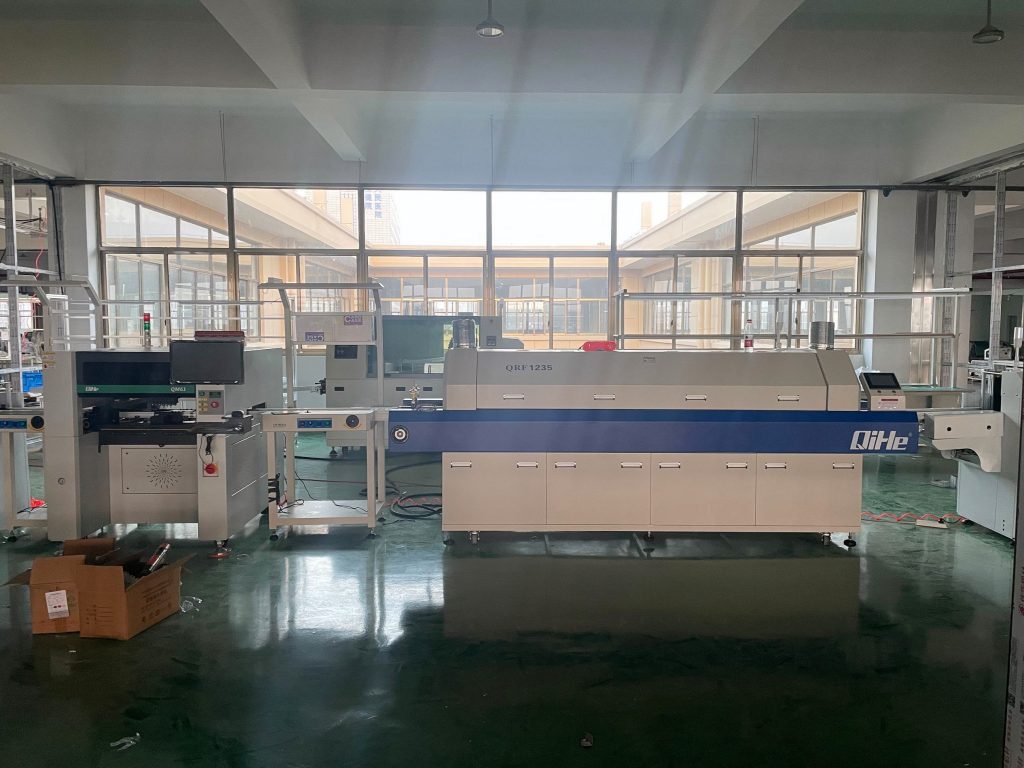
The second
The basic process elements of smt: printing (or dispensing) –> mounting –> (curing) –> reflow soldering –> cleaning –> testing –> repair. So to sum up, as a dust-free workshop, the smt workshop generally meets the needs of the production process, and is closely related to the production equipment and production environment.
- The main advantages are as follows: a. To prevent dust, there is a lot of floating dust in the air. 2. To prevent dandruff, hair, etc. from falling onto the product, it is strictly necessary to wear gloves to ensure the quality of the product. 3. Prevent static electricity.
- What are the aspects of SMT workshop construction?
SMT has certain requirements for the cleanliness, humidity and temperature of the environment. In order to ensure the normal operation and assembly quality of the equipment, the following requirements are required for the working environment.
- Power supply: The requirements of the power supply voltage and power meet the requirements of the equipment: the voltage must be stable, the mainland requires single-phase AC220V (220±10%, 50/60HZ), three-phase AC380V (220±10%, 50/60HZ), if not To meet the requirements, it is necessary to configure a regulated power supply, and the power of the power supply should be more than double the power consumption of the device. In some areas, the voltage is very unstable, which will affect the equipment, so the configuration of a voltage stabilizer or a transformer is especially required, otherwise the equipment will be easily damaged due to fluctuations in the power supply. This is often overlooked. In addition, if the rated voltage of the equipment does not match the voltage of the installation and use environment, an additional transformer is also required.
- : (1) Temperature Since the ambient temperature of the printing workshop requires 23±3°C to be the best, the optimum ambient temperature of the workshop is this setting. Usually the factory temperature is generally set at 17~28℃; if it is not reached, the limit temperature cannot be exceeded 15~35℃. (2) Humidity The humidity in the workshop has a great influence on the product quality. If the humidity is too high, the components are easy to absorb moisture, which is not good for moisture-sensitive components. At the same time, the solder paste is also easy to absorb moisture when exposed to humid air, resulting in soldering defects. Humidity is too low, the air is dry, and static electricity is easily generated, which is not good for electrostatic sensitive (ESD) components. Therefore, the humidity in the factory must be controlled. Generally, the relative humidity in the workshop is required to be around 45%~70%RH, some stipulate 30%~55%RH, and some looser ones reach 40%~80%RH. (3) Air cleanliness If there are many ash layers in the workshop, it will affect the quality of the mounting and welding of tiny components, such as 0201, 01005 and fine pitch (0.3mm) components, and at the same time increase equipment wear, even equipment failure, and increase equipment Maintenance and repair workload.
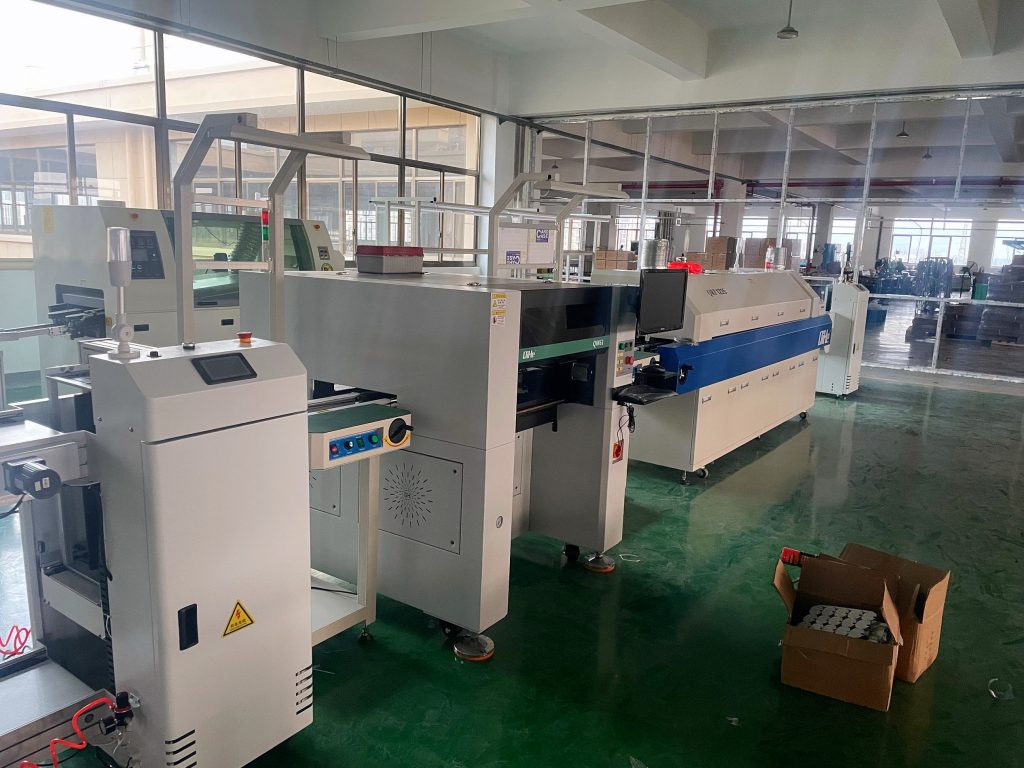
In addition to dust, there are certain chemical gases in the air of the SMT production workshop. If these chemical gases are toxic and harmful, they will cause harm to the human body;
if these gases are corrosive, it will affect the reliability of the product in serious cases. Therefore, the workshop should be kept clean and hygienic, free of dust, no corrosiveness, and no odorous gas. Ensure product welding quality, normal operation of equipment and human health.
The cleanliness of the workshop air should be up to 100,000 (BGJ73-84). In an air-conditioned environment, there must be a certain amount of fresh air, and the CO2 content should be controlled below 1000PPM and the CO2 content should be controlled below 10PPM to ensure human health.
To ensure that the cleanliness of the factory is 100,000, it must pay a considerable cost, which is difficult for ordinary factories to achieve. In order to ensure such an environment, personnel must extract vacuum when entering the factory building, and there is negative pressure in the entire factory building.
In an environment of fierce market competition, production profits are getting smaller and smaller. If such requirements are not met, regulations must also be made on cleanliness.
For example, cartons that have an impact on dust clearly indicate that they cannot enter the SMT workshop. A typical case of equipment failure caused by dust: a mounting equipment, the boot phenomenon is garbled characters on the screen,
at first thought that the operator accidentally changed the machine data or software misoperation, and then suspected the battery problem, because the machine has been running well before ,
and later checked and found that there was a lot of dust in the computer, and the machine failure was eliminated after cleaning.
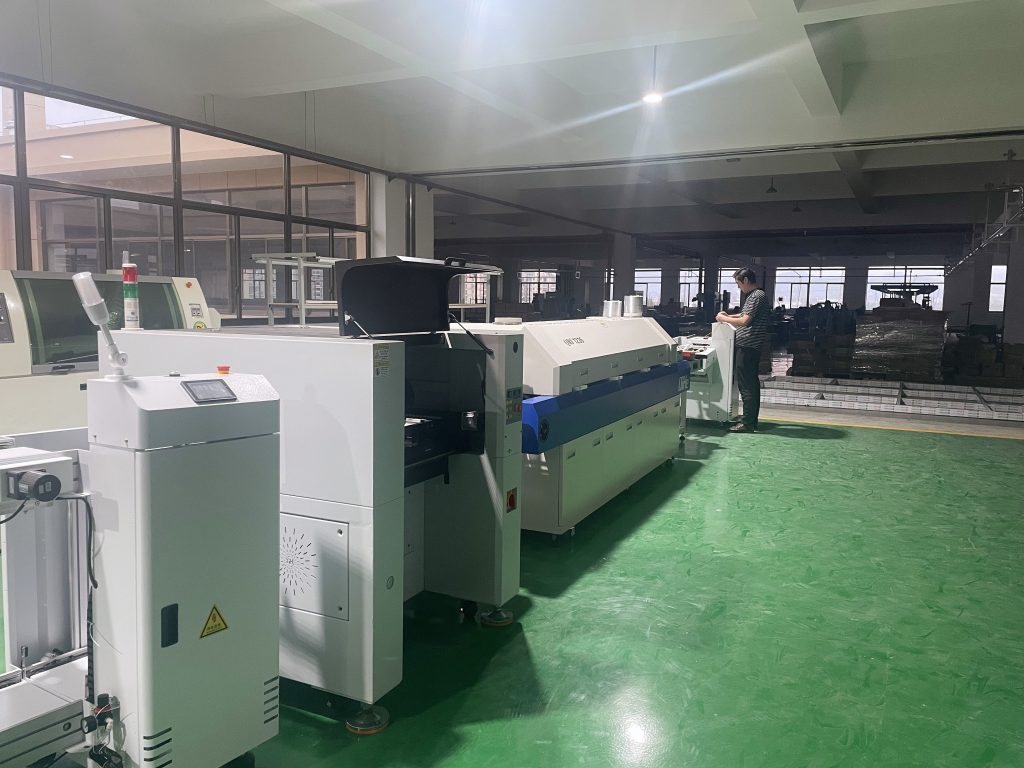
Factory building steps
Factory building: (1) Floor load-bearing If the equipment is not placed on the first floor, there are certain requirements for the load of the floor, that is, the floor load must be greater than or equal to 500kgf/m2 before the equipment can be placed, otherwise there will be danger. (2) Anti-static Since the current component production site must have good anti-static measures, the production equipment must be well grounded, and the three-phase five-wire grounding method should be used and grounded independently.
The floor of the production site, workbench pads and chairs should all meet the anti-static requirements. Specific ① personnel wristband; ② EOS protective container; ③ EOS protective tabletop; ④ EOS protective floor and mats; ⑤ Building ground; ⑥ Public grounding; ⑦ Ground.
Exhaust reflow soldering and wave soldering equipment have exhaust air requirements to ensure sufficient air intake. In addition to the unobstructed flue, the exhaust must have sufficient exhaust flow, such as 200m2/h, to ensure that the air is discharged.
In addition, it is necessary to maintain a certain static pressure, such as 100Pa, and the diameter of the other exhaust duct also has certain requirements.
There should be good lighting conditions in the lighting workshop. The ideal illuminance is 800LUX×1200LUX and at least not less than 300LUX. The place for visual inspection must ensure the lighting requirements.
Vibration of equipment Considering that vibration will affect the accuracy of precision equipment such as chip mounters, and the vibration of chip mounters during operation will also affect other equipment and buildings, there should be certain requirements for environmental vibration, and the impact of equipment on the environment should be considered. Impact.
The equipment is best placed on the first floor, and certain anti-vibration measures are taken if necessary.
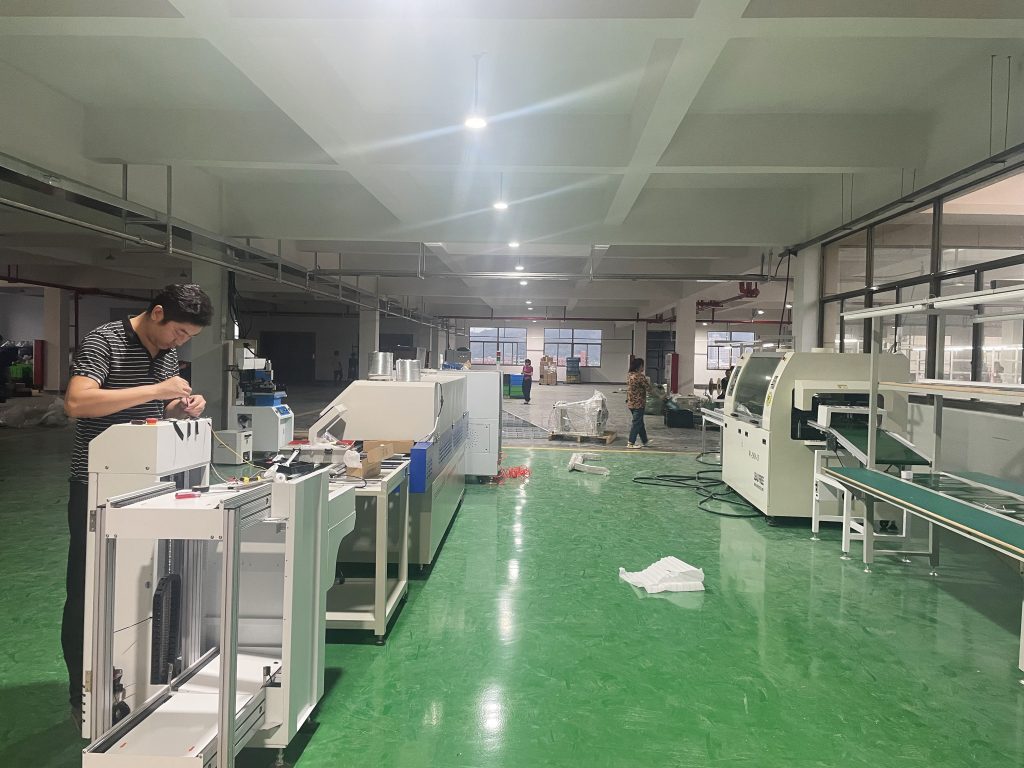
SMT production line personnel
SMT production line personnel require that operators of each equipment in the production line must pass professional technical training and be qualified, and must be proficient in the operating procedures of the equipment.
Operators should strictly follow the “safety technical operation procedures” and “process requirements operation” procedures. In the front part of the manufacturing process,
it is generally required to meet the requirements of a class 100 clean room, the temperature is 22+-1.5 degrees, the humidity is not very clear, and the temperature in the latter part is 20-26 degrees.
General room temperature: 23+-3 degrees Atmospheric pressure: 3-30 Cleanliness:
The lithography room of the wafer factory is 100-10000, and the other can be packaged in a workshop of 10000 class1000, the temperature is about 23, and the temperature is 25.
Humidity 60 should encapsulate the workshop of the test factory.
